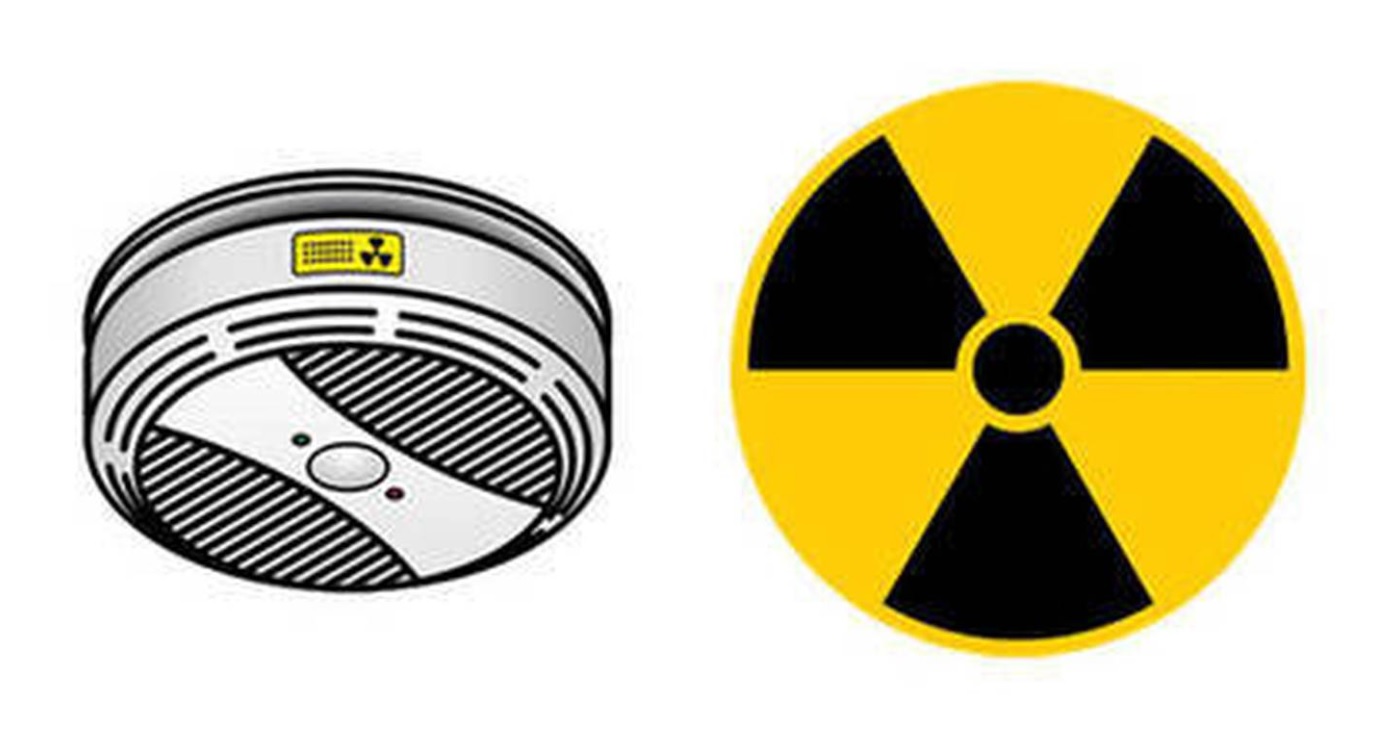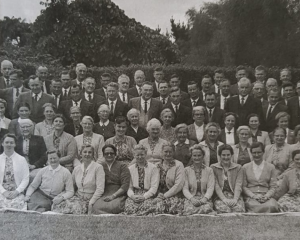Major DIY stores across the country are pulling ionisation smoke alarms after tests showed they performed "poorly".
Ionisation alarms give much less warning of smouldering fires than photoelectric alarms, Consumer NZ's tests found.
They performed so poorly, the watchdog called for retailers to pull them from their shelves.
Mitre10 and Hammer Hardware said they would immediately stop selling them and PlaceMakers said it would "exit the balance of our ionisation alarms" over the next couple of weeks. Bunnings said it would sell its stock and then not sell more.
Consumer NZ head of testing Dr Paul Smith welcomed the news.
"Removing a product that doesn't perform a critical safety task effectively is a major win for New Zealand consumers," Smith said.
Although all smoke alarms would respond to a fire eventually, ionisation alarms gave less warning of smouldering fires, such as those caused by faulty electrical wiring, curtains draped over a heater, or a hot ember igniting upholstery foam.
"The difference is whether [smoke alarms] respond to visible smoke," Smith said.
"A smouldering fire can fill a home with deadly smoke long before it bursts into flames."

"The four ionisation alarms in our test were faster at detecting flaming fires (burning oil and wood) but much slower at detecting smoke from smouldering foam."
People should check which type of smoke alarm they had in their homes and rental properties, he said.
"An ionisation alarm [has] a radioactive symbol somewhere on the alarm body – it may be underneath, so you might need to remove it to check."
Consumer NZ advised people not to remove working ionisation alarms, but to also fit photoelectric models at least in hallways and escape routes.
Landlords should ensure all new smoke alarms were photoelectric models with a long-life battery.
Tenants should not remove smoke alarms, and were responsible for replacing dead batteries.












